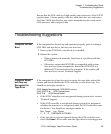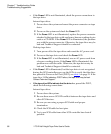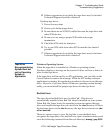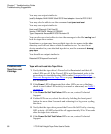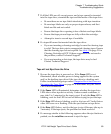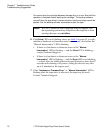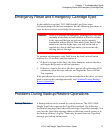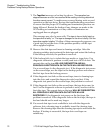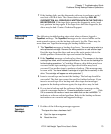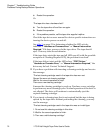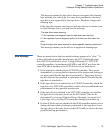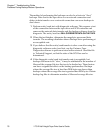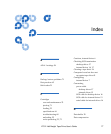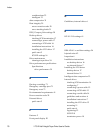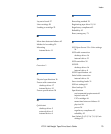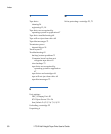Chapter 7 Troubleshooting Guide
Problems During Backup/Restore Operations
76 LTO-2 Half-Height Tape Drive User’s Guide
The method of performing the backups can also be a factor in “slow”
backups. Data sent to the tape drive over a network connection and
delays in data transfer over a network connection can cause backups to
slow down.
1 Perform write/read test with diagnostic software. This ensures a test
of the connection between the tape drive and SCSI controller and
removes the network data transfer and the backup software from the
diagnosis. The write/read test
WILL OVERWRITE DATA ON THE TAPE.
2 When the test finishes, determine the megabyte per second data
transfer. The resulting calculation shows the tape drive performing at
an acceptable rate.
3 If you believe that the write/read transfer is slow even after using the
diagnostic software write/read test, use the Certance Tape
Diagnostic software to perform a trace buffer retrieval. Send the file
to Technical Support, so that the state of the SCSI bus can be
determined.
4 If the diagnostic write/read test transfer rate is acceptable, but
backups still seem to be “slow,” it may be attributed to the number of
files and the average file size that are to be backed up. These factors
can have a significant effect on the backup performance. Backups
where the average file size is less than 200k bytes are slower than
backups where the average file size is greater than 200k bytes. Obtain
backup log files to determine number of files and average file size.



